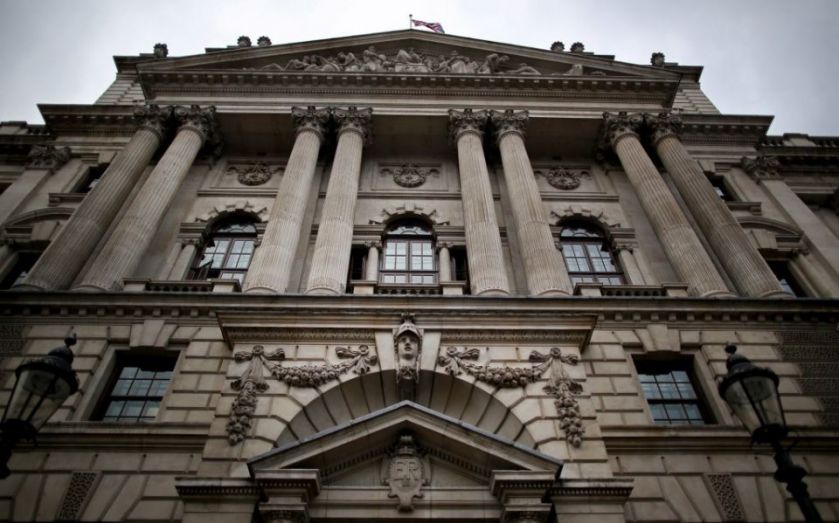Autumn Statement 2015: HMRC corporate tax overreach risks Britain’s business-friendly reputation unless George Osborne acts

Five years may not be very long in many contexts, but in that time the tax world has changed significantly. The coalition’s Corporate Tax Roadmap, published in November 2010, declared that it wanted to create “the most competitive corporate tax regime in the G20”. In doing so, it highlighted four key ways in which the corporation tax system impacts competitiveness: the tax rate, the tax base, the quality of tax policy-making, and the way in which tax is administered. During this period, HMRC has played a critical role in creating a stable and attractive business and tax environment.
If we look forward five years, the tax environment could be even more different – not least because of HMRC’s consultation on “Improving Large Business Tax Compliance”, which stands to have a significant – and potentially negative – impact not just on the way large businesses operate but also on the role of HMRC. Indeed, it raises the question of how far HMRC should go in terms of dictating how businesses should operate and whether tax administrators should be free to discretionally direct their administrative resources as a means of encouraging particular business behaviour, or whether this is better achieved by Parliament through legislative change.
With proposals including the requirement to publish tax strategies, the naming of a responsible board executive, a voluntary Code of Practice on taxation, and the prospect of a “special measures” regime for high risk businesses, the consultation could reshape the way that companies interact with HMRC and their stakeholders, including shareholders. It could also change the way that businesses operate, as they are obliged to spend more time focusing on what they publish and less time working on commercial success.
Read more: Government risks jeopardising UK competitiveness if it is over-zealous in corporate tax reform
Implementing the requirements of the proposals imposes a significant administrative and financial burden on many businesses. More importantly, by stepping into the role of arbiters of the information that stakeholders want or need to see, the consultation arguably takes HMRC beyond its recognised remit and raises the question of whether it is appropriate to use reporting requirements as a way to direct taxpayer behaviour.
In 2013, we urged organisations to “seize the initiative” and consider their approach to tax transparency. We counselled that, by acting and responding promptly, organisations would have the chance to shape the debate and influence the direction of travel toward a more workable and effective long-term solution. We remain firmly of the view that groups need to have strong governance in place. However, to be effective, that governance needs to reflect the characteristics of the organisation.
In an environment where more and more businesses are voluntarily publishing and explaining their tax policies, and tax transparency is entrenched on business agendas, introducing mandatory measures could be a backward step. At the very least, it assumes that HMRC is best placed to decide the information that stakeholders need rather than the organisations themselves, which are, after all, closest to them. The apparent assumption that all businesses are the same and can fit within rigid reporting structures without considerable cost (both from a financial and resource perspective) is worrying.
The consequences of misjudging the impact of HMRC’s proposals could be significant and represent more than a wrinkle in the Roadmap. At a time when HMRC could be providing constructive support for businesses embarking on the path to transparency, it instead risks deterring would-be investors and creating a culture of rigid obligations of questionable merit. In particular, HMRC appears to be imposing those obligations on the compliant majority rather than targeting the few offenders.
It is not too late for the government to adjust its approach to the role of HMRC, either in today’s Autumn Statement or thereafter. It’s about striking the right balance between enabling and mandating.